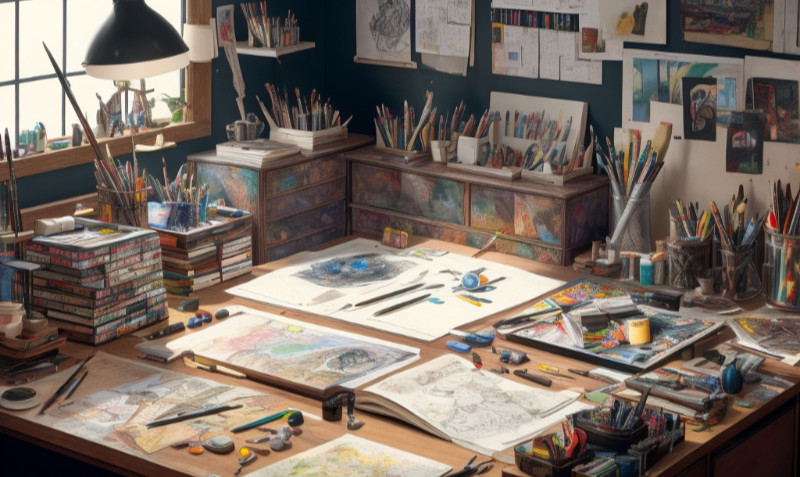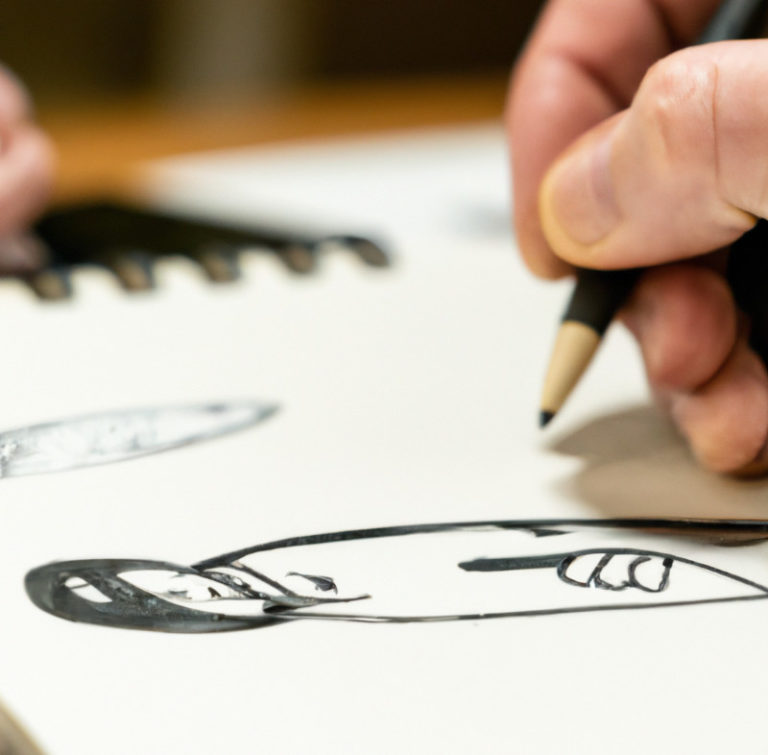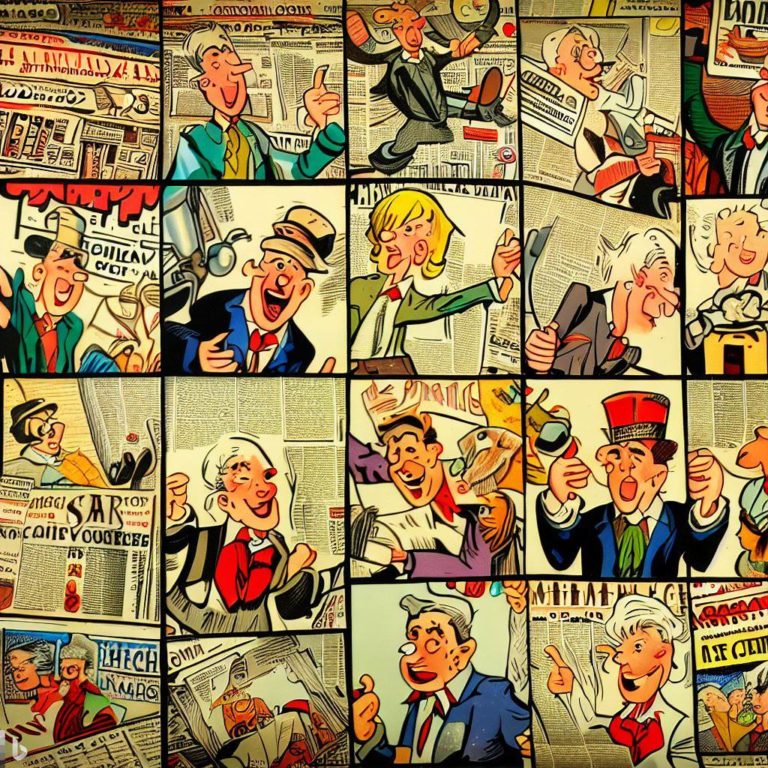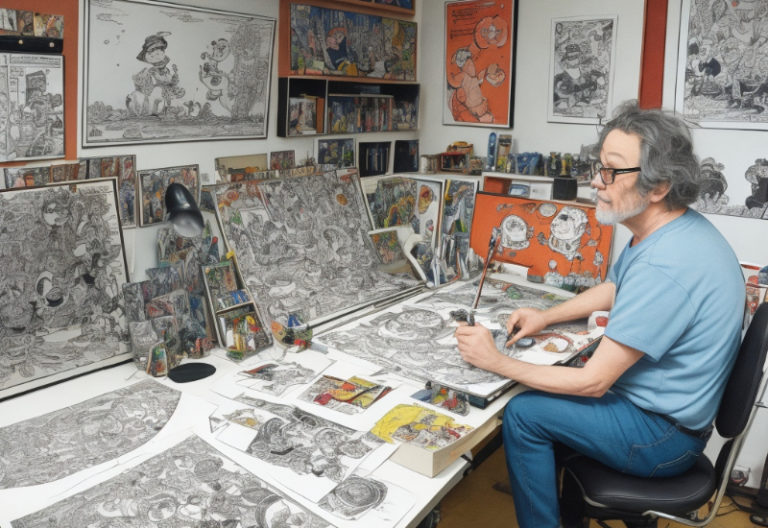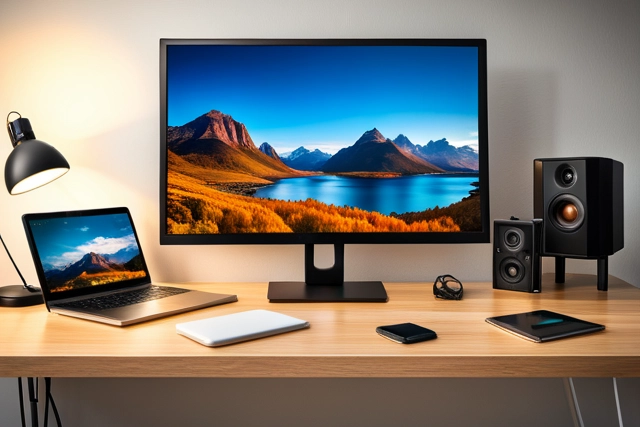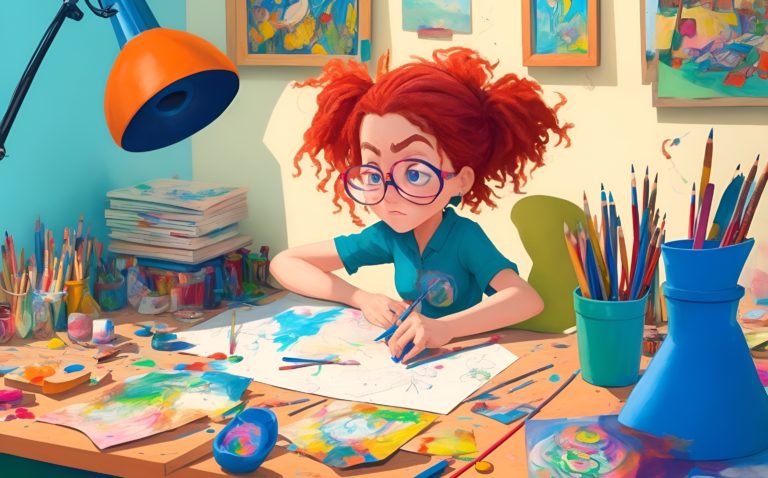Continuing my blog series on tips and guidance for the beginning cartoonist, this week’s blog focuses on the tools of the trade. Many still prefer traditional media for cartoon production, some use strictly digital media to produce comics, while a lot of artists use some combination of the two. Which one you decide to use is a very personal decision and one you will make only by experimenting with various mediums and deciding what tools work best for the art you want to produce and how they also best suit your workflow. With that in mind, let’s dive in.
Traditional Media:
Pens are the lifeblood of traditional cartooning. Fine-tip pens and brush pens are the go-to choices for many artists. Fine-tip pens provide crisp, precise lines, making them perfect for intricate details and clean outlines. On the other hand, brush pens offer versatility, allowing for expressive strokes and dynamic linework. Experimenting with different pen types will help you discover your preferred style and technique.
Choosing the right paper is equally important for traditional cartooning. Many comic book artists swear by Bristol board or comic-specific paper. These papers have a smooth surface that can handle ink without bleeding, providing a professional finish to your artwork. Sketchbooks with heavier-weight paper are also a great option for practicing and refining your skills.
Additional traditional tools include pencils for sketching rough drafts and layouts, erasers for corrections and adjustments, rulers for precise lines, and lightboxes for tracing and transferring sketches. These tools assist in creating polished and well-defined artwork.
Digital Media:
With the advancements in technology, many cartoonists have embraced digital media for its convenience and flexibility. Digital tools offer a wide range of possibilities, allowing artists to create stunning illustrations and animations.
Digital pens, such as graphic tablets and styluses, are popular among digital cartoonists. They provide a natural drawing experience on a digital surface, mimicking the feel of traditional pens. These tools offer various pressure sensitivity levels, enabling artists to achieve different line weights and textures.
Digital cartooning also requires suitable software. Programs like Adobe Photoshop, Clip Studio Paint, and Procreate offer a multitude of features specifically designed for artists. They provide a vast array of brushes, layers, and special effects that can enhance your artwork and streamline your workflow.
Many artists find a harmonious balance between traditional and digital tools, using one of each mode or combining them in their creative process. For instance, an artist might sketch their ideas on paper and then scan and refine them digitally. This combination allows for the best of both worlds, leveraging the traditional feel of pen on paper and the versatility of digital editing.
Ultimately, the choice between traditional and digital tools depends on personal preference and the desired artistic outcome. Some artists find joy in the tactile experience of traditional media, while others appreciate the convenience and endless possibilities of digital tools. Whichever path you choose, what matters most is your passion for cartooning and the unique stories you bring to life through your art.
So, whether you’re wielding a pen on paper or a stylus on a digital canvas, remember that your imagination knows no bounds. Grab the tools that inspire you and embark on an exciting journey into the world of cartooning. Happy creating!

